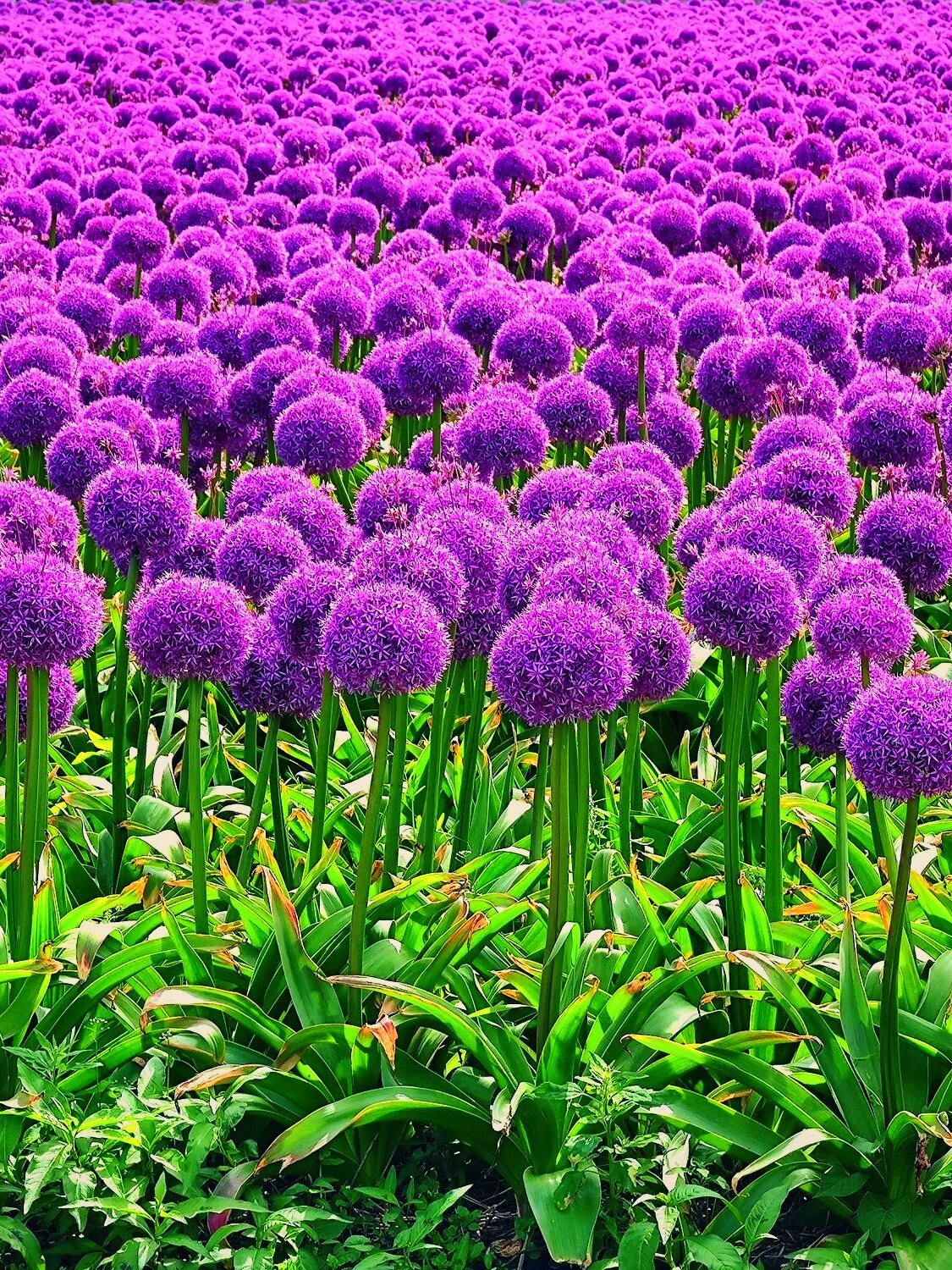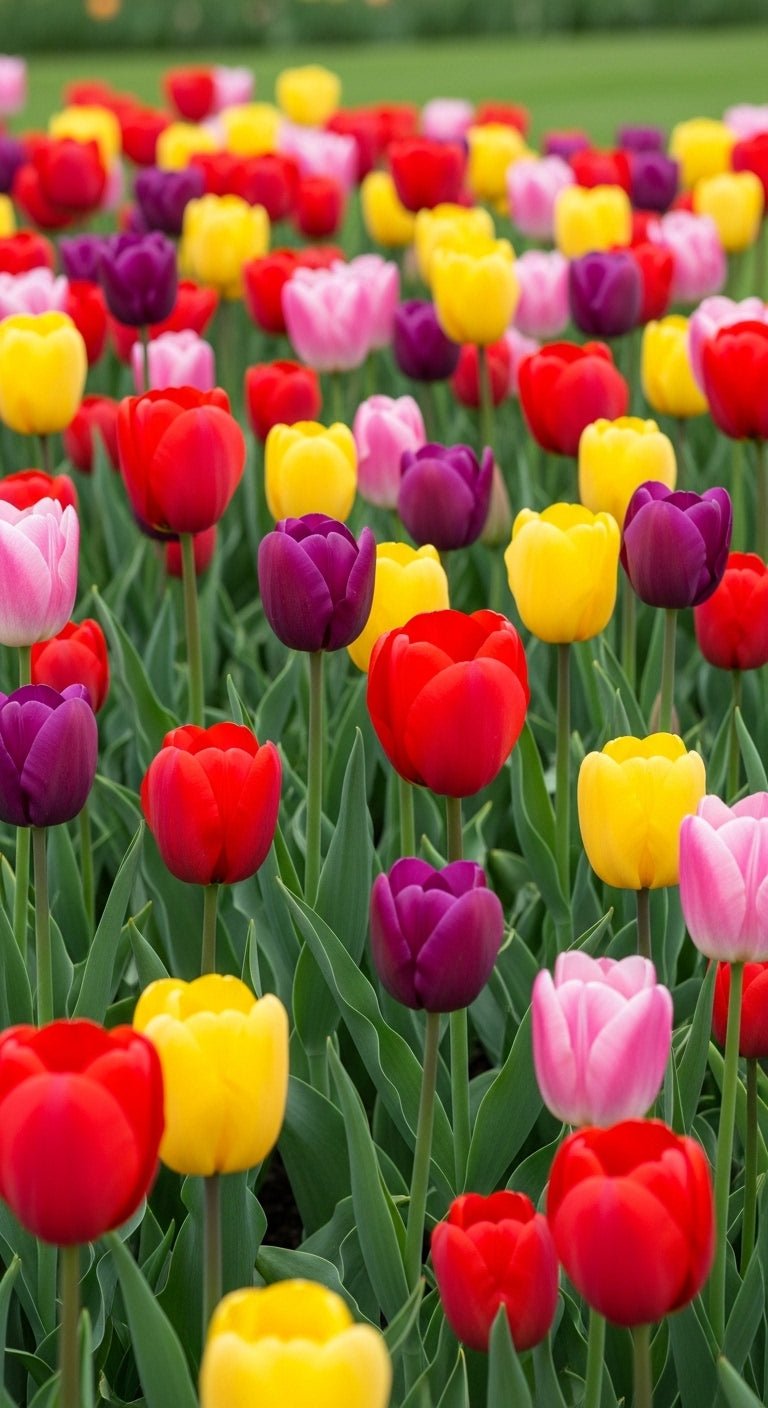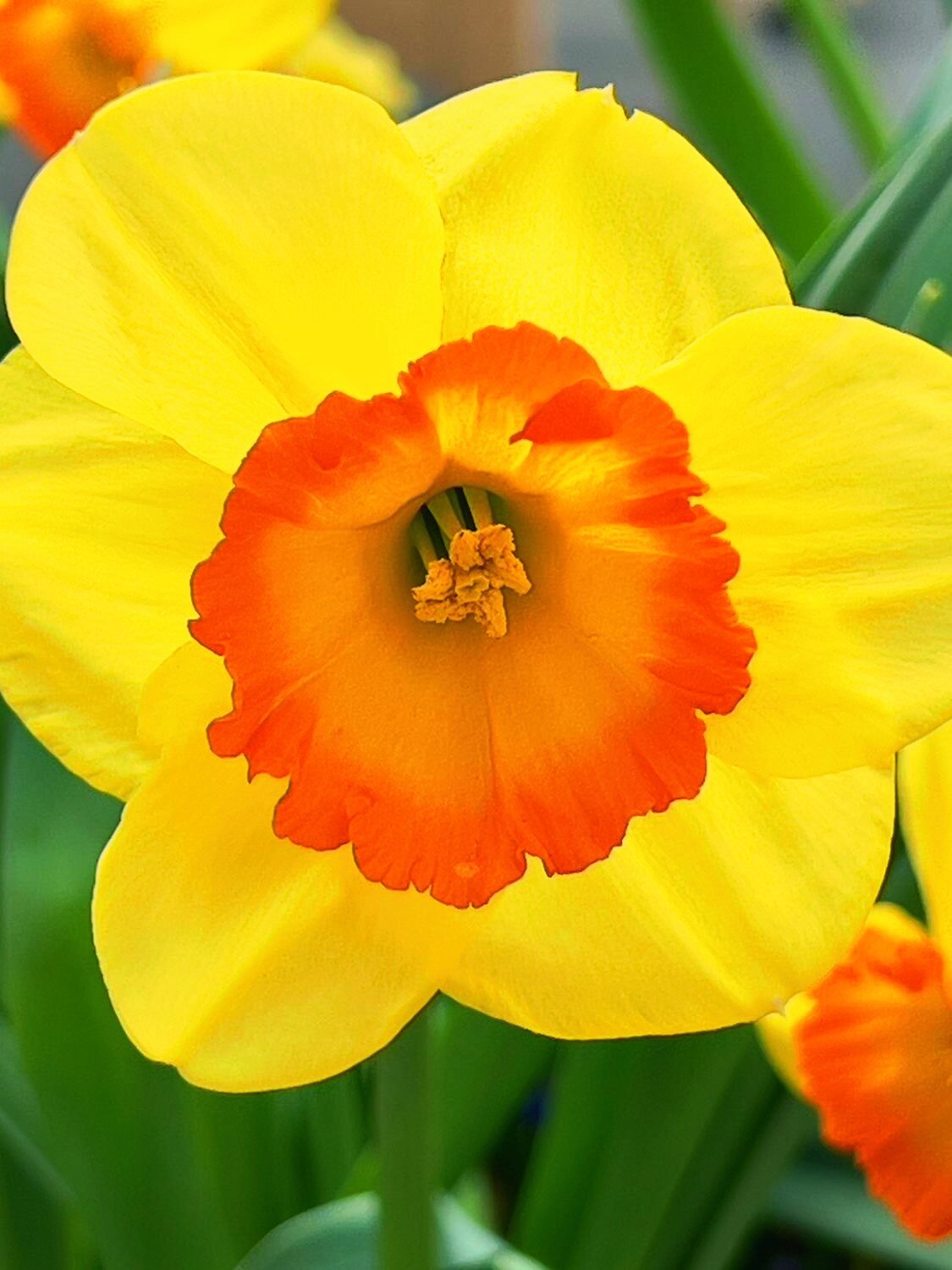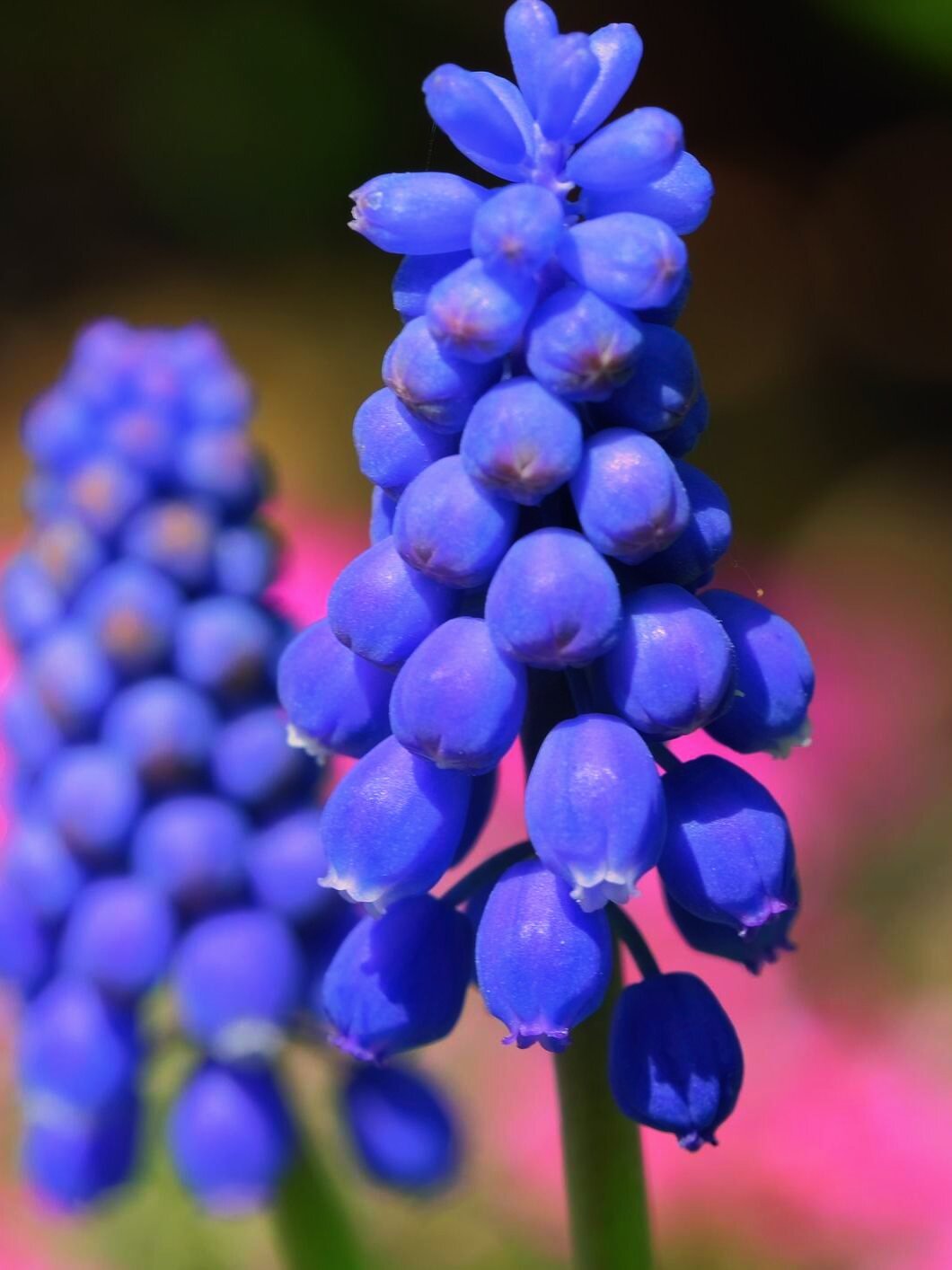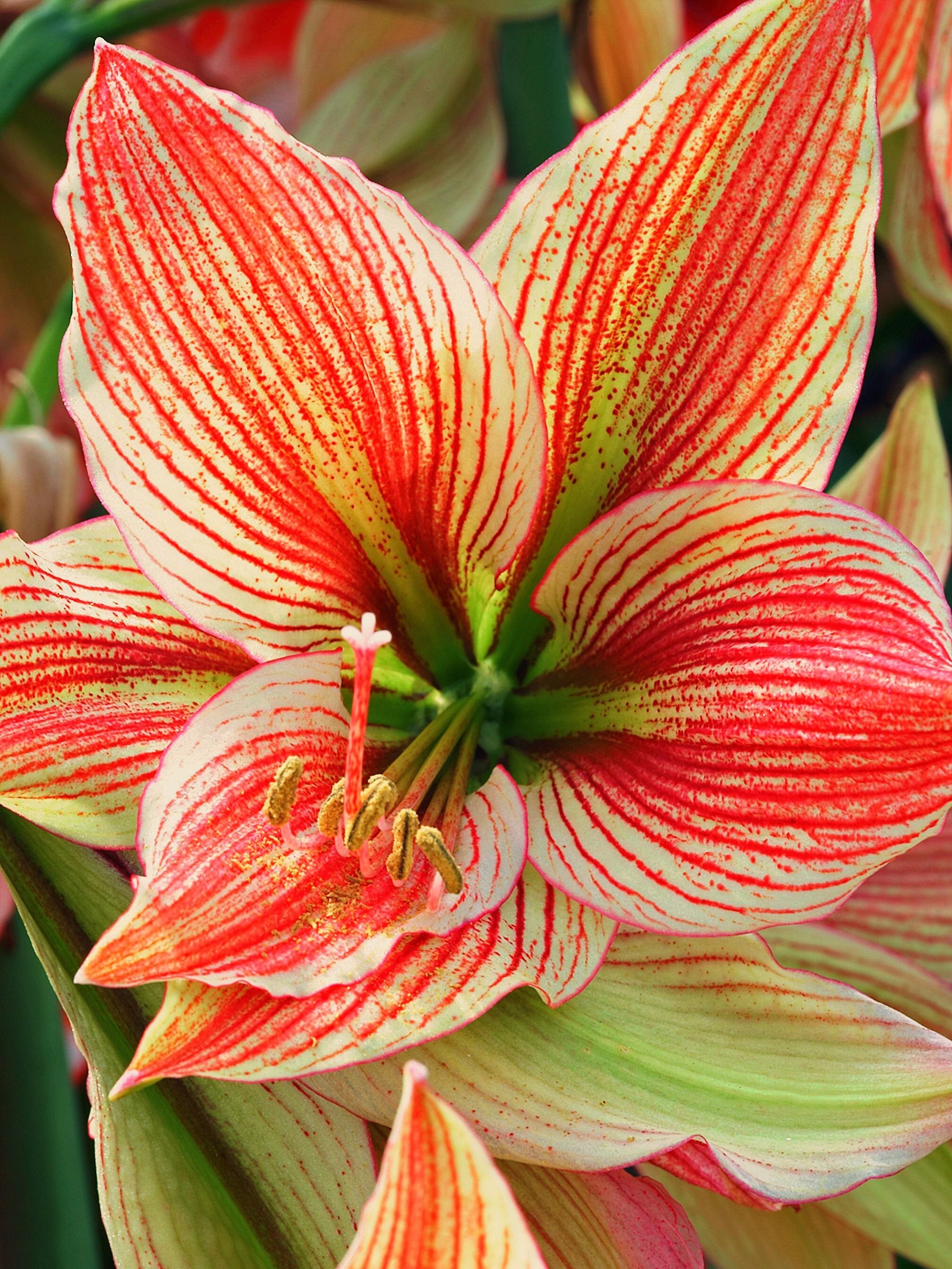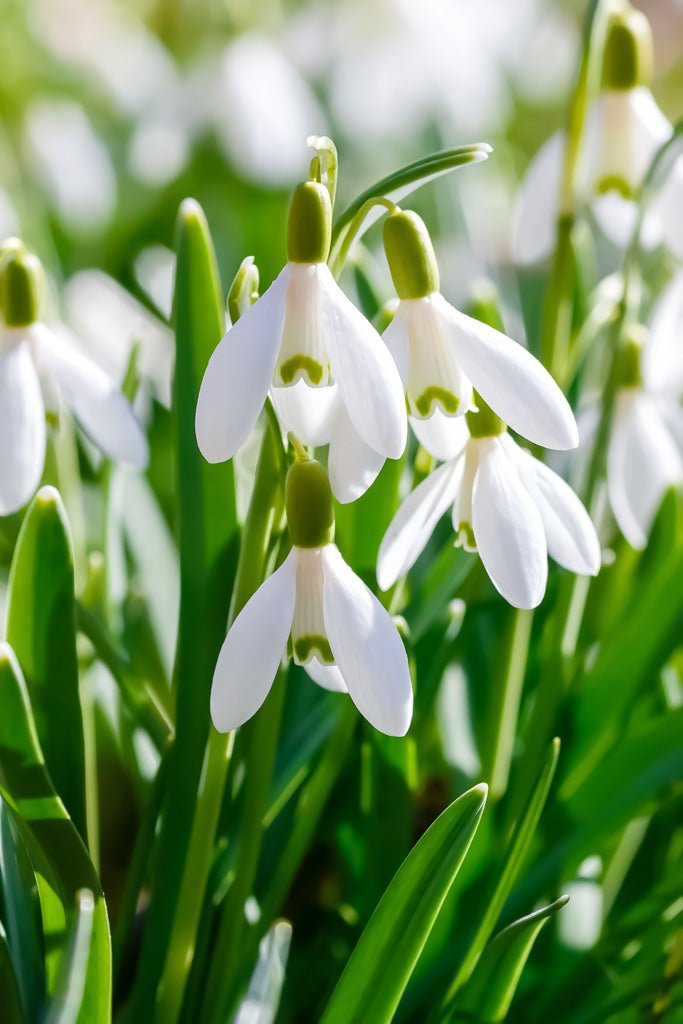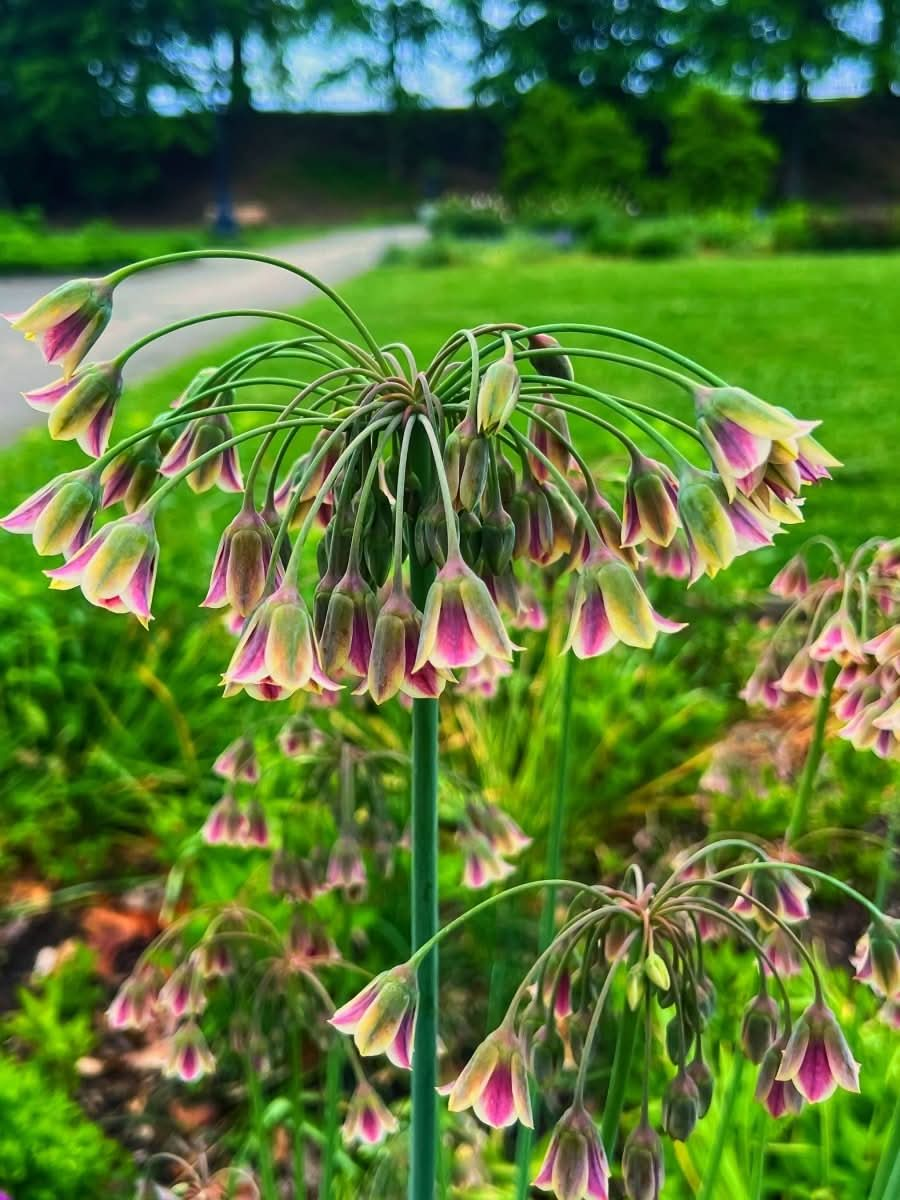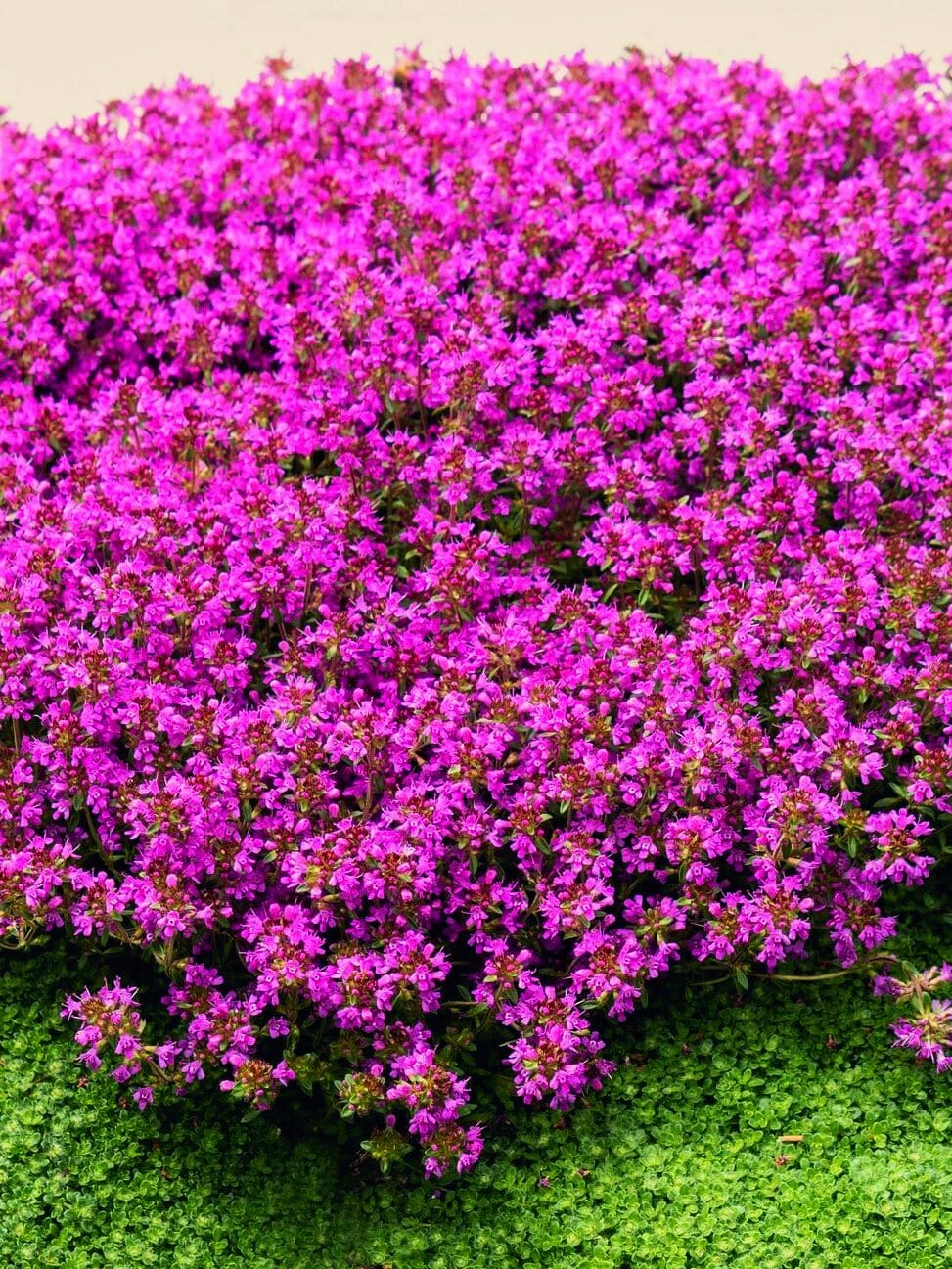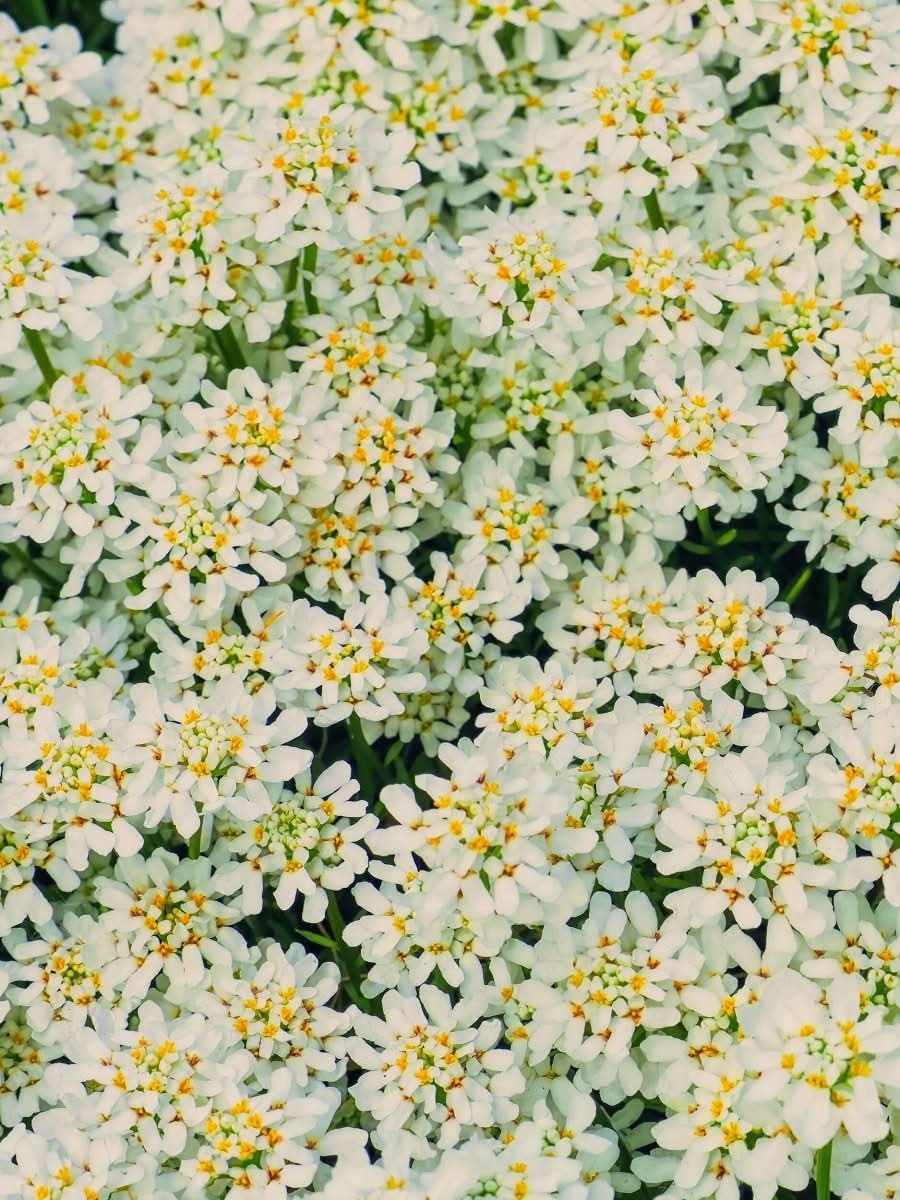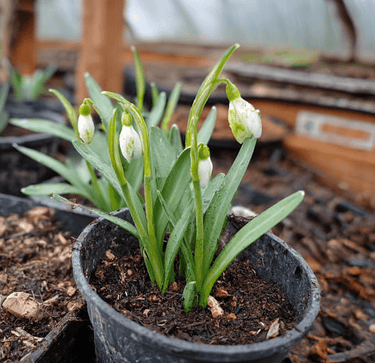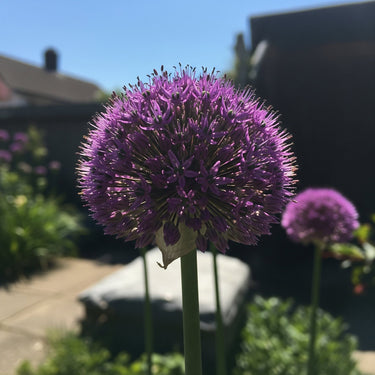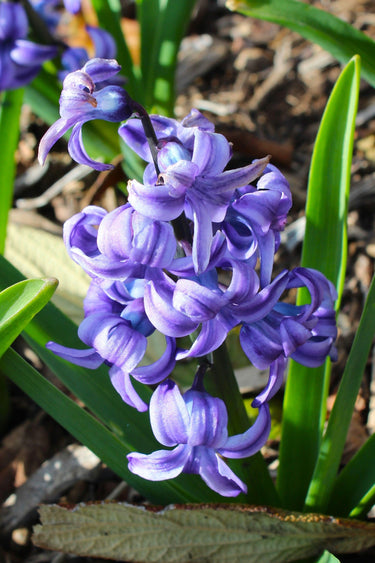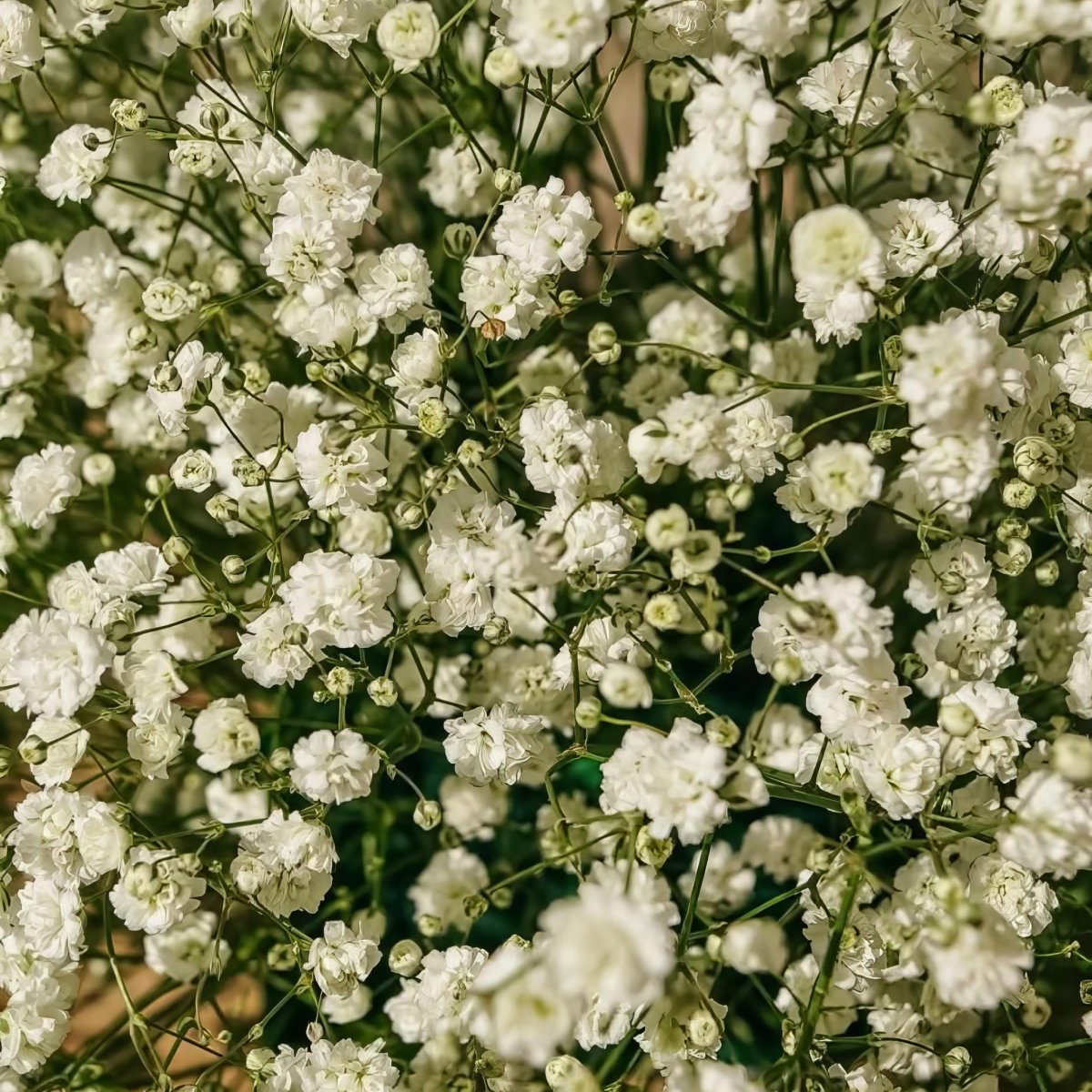
Baby's Breath 'Paniculata' (Gypsophila)
The classic Baby's Breath, Gypsophila paniculata is an iconic garden perennial and a mainstay of the cut flower industry. It forms a deeply-rooted, branching clump from which emerge numerous, wiry, multi-branched stems, creating a huge, airy, cloud-like effect. In summer, these stems are covered in literally thousands of tiny, single or double, white flowers. The overall effect is one of a delicate, white mist, which is perfect for softening the edges of a border and weaving amongst other, more boldly-coloured perennials like roses and lilies. It is essential for cottage garden designs and is, of course, a world-famous cut flower, used to add a light, romantic touch to bouquets and floral arrangements. It thrives in sunny, dry conditions with alkaline soil.
| Botanical name | Gypsophila paniculata |
| Flower colour | White |
| Bulb size | N/A (sold as plant/root) |
| Established height | 90-120 cm |
| Established spread | 80-100 cm |
| Plant spacing | 90 cm apart |
| Leaf colour | Grey-green |
| Habit | Clump-forming, bushy |
| Life cycle | Perennial |
| Hardiness | Fully hardy |
| Years to establish | 1-2 years |
| Sunlight | Full sun |
| Position | Exposed or Sheltered |
| Suitable for | Borders, Cut flower gardens, Gravel gardens |
| Soil acidity | Alkaline, Neutral |
| Soil moisture | Well-drained |
| Soil type | Loam, Sandy, Chalky |
| RHS Award (AGM) | Yes |
| Growing skill | Easy to grow |
| Pollinator-friendly | Yes |
| Deer resistant | Yes |
Planting and Flowering Calendar
Key Features
Packed in paper
Packed peat-free
Great for Shade
Attracts wildlife
Drought tolerant
RHS Award (AGM)
Good for cutting

